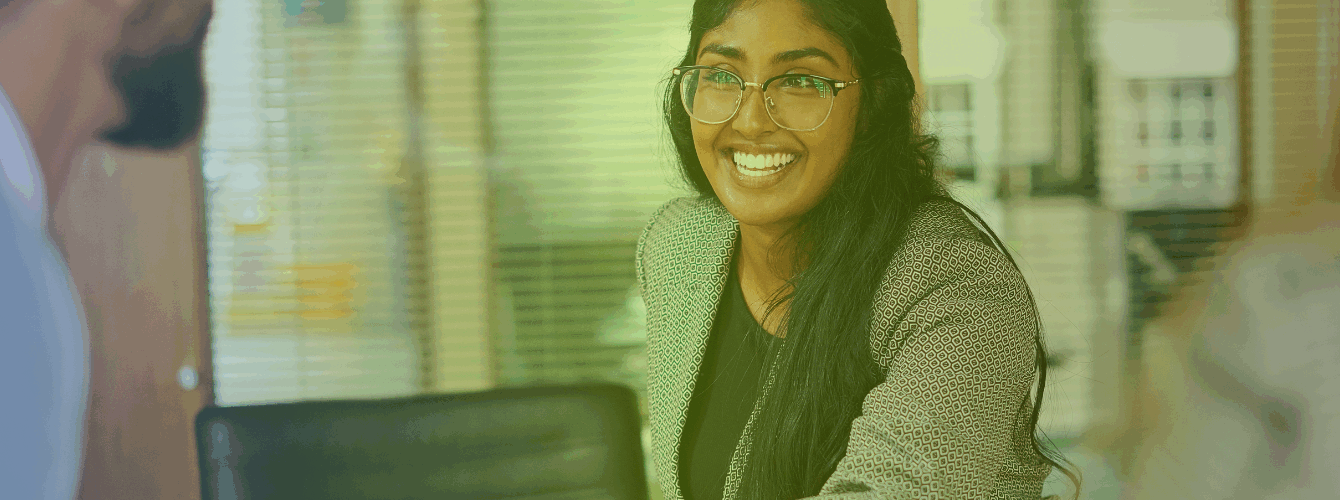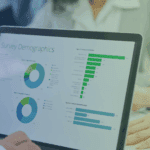Bias in hiring is not always obvious. In fact most of it happens unconsciously. It sneaks into decisions and conversations without anyone noticing. And while bias is human, if left unaddressed it becomes one of the biggest risks to building a strong, diverse and high performing team.
Unstructured interviews, unclear scoring and informal feedback are the perfect environment for bias to grow. Even the most well intentioned hiring teams can fall into patterns that consistently favor certain candidates over others.
This affects not just who you hire but who gets left behind. Over time it limits the diversity, creativity and long term success of your company.
If you want to hire fairly you have to design for it. And that starts with understanding the hidden biases in your current process.
Common biases
Let us break down five common types of interview bias that happen more often than you think-
First impression bias
This happens when an interviewer forms an opinion about a candidate in the first few seconds and then filters the rest of the conversation through that lens. Maybe the candidate looked nervous on camera or had an accent you are not used to. Without realizing it that first impression affects how you interpret everything else they say.
Similarity bias
Also called affinity bias, this occurs when you favor someone because they remind you of yourself or someone you like. Maybe they went to the same college, use the same phrases or share a similar background. You feel a connection and unconsciously give them more benefit of the doubt.
Halo effect
This bias appears when one strong trait overshadows everything else. For example if a candidate is extremely articulate you might assume they are also organized, empathetic or a strong leader even if you have no proof. One positive trait creates an unfair advantage.
Contrast bias
This happens when you judge a candidate not on their own performance but compared to the person you interviewed just before. If the last person was very weak an average candidate might seem stronger than they are. If the previous candidate was outstanding, others may seem less impressive by contrast.
Recency bias
This one occurs when you remember the most recent candidates more clearly than those you interviewed earlier. Their answers are fresher in your mind so they feel stronger even if previous candidates had equal or better performance.
These biases are subtle but powerful. And when they show up across multiple interviewers and multiple rounds they create a hiring process that feels personal but is actually unfair.
Where bias creeps in: Live interviews, unclear criteria, inconsistent notes
Bias does not only happen inside the interview room. It starts long before and lingers long after. It begins when interviewers are unclear on what they are evaluating. Without structured criteria everyone looks for something different. Some focus on personality others on credentials and some just go by gut feeling. This makes candidate comparisons vague and inconsistent.
Live interviews are another hotspot for bias. People react to tone, mannerisms, energy and appearance. These reactions are not always conscious or fair but they shape how questions are asked and how answers are interpreted.
Lack of consistent note taking also adds to the problem. When feedback is shared hours or days later it is based on memory not facts. Interviewers forget key moments and fill in the gaps with general impressions. If someone left a strong or weak emotional impact that becomes the main takeaway.
In group debriefs bias can also spread from one person to another. If one panelist strongly likes or dislikes a candidate others may agree to avoid conflict or save time. This is called group think and it often goes unnoticed.
Unstructured processes create space for bias. Structured processes limit it.
How Hirevize helps mitigate the bias
Hirevize is designed to reduce bias by design. It does not rely on people being perfectly objective. Instead it gives you tools to structure evaluation so decisions are based on consistent criteria not personal reactions.
Structured scoring
Every candidate is evaluated on the same set of skills using the same scoring rubric. Whether it is communication, problem solving or adaptability each skill has a clear definition and rating system. Reviewers know what to look for and how to score it.
Asynchronous interviews
Hirevize conducts AI assisted one way video interviews. This helps eliminate real time pressure and remove appearance based bias. Candidates can answer questions in their own space and time. Reviewers evaluate responses later without being influenced by body language or nerves in the moment.
Blind AI summaries
Hirevize generates objective summaries based on candidate responses. These summaries focus on content not delivery. Reviewers get a high level view before watching the full video which helps them identify patterns not just first impressions.
Because everything is recorded and scored by criteria not momentarily emotions, it becomes easier to evaluate performance and harder to rely on instinct.
This structure helps prevent common biases from shaping decisions and gives every candidate a fairer chance to succeed.
Making fair decisions at scale
Bias is not just a personal issue. It is a process issue. The more your team grows the more chances there are for inconsistency to creep in. Hirevize makes it easier to stay aligned by giving everyone a shared structured platform.
With tagged feedback reviewers leave notes on specific criteria not general impressions. For example they tag a comment as communication or leadership instead of just writing seemed confident. This helps hiring managers understand exactly why a score was given and where the candidate stood out or struggled.
Using shared view only profiles teams can collaborate without influencing each other. Reviewers can see the candidate information but not each other’s feedback until they have submitted their own. This reduces groupthink and encourages independent thinking.
Role based access means each reviewer sees what they need and nothing more. Recruiters can focus on role fit, hiring managers on skill depth and peer reviewers on team collaboration.
When all feedback is collected it is presented in one dashboard so teams can see alignment and gaps before making a decision. This brings transparency and accountability into the hiring conversation.
And because every score, comment and tag is time stamped you build a full audit trail that protects your decisions and helps your team learn over time.
Fair hiring is not an accident It is built into your process with Hirevize
Bias cannot be removed entirely from hiring. But it can be managed, gradually reduced and countered with the right tools and mindset.
Fair hiring is not about ignoring your instincts. It is about balancing them with structure, clarity and consistency.
Hirevize helps you do that by giving your team structured scoring, asynchronous evaluations, AI backed summaries and transparent review workflows.
You make faster, smarter and more equitable decisions without relying on memory or gut feeling.
Looking to build a hiring process that supports fairness at scale?
Choose Hirevize





